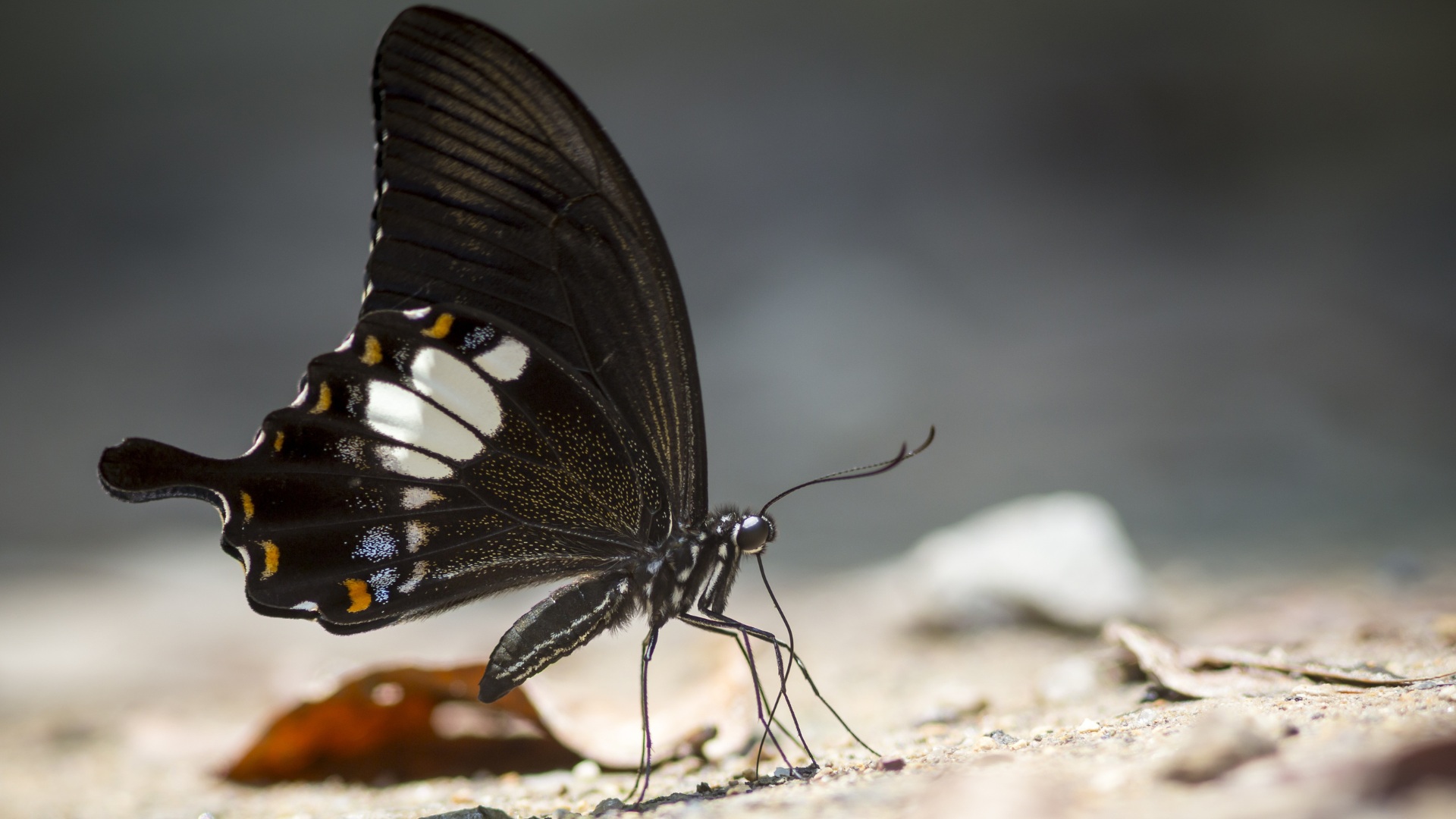Butterfly wings under the microscope of WUT researchers
Professor Mariusz Zdrojek and Anna Wróblewska, PhD, from the Faculty of Physics at Warsaw University of Technology are taking part in a research project aimed at developing innovative materials for passive heating and cooling of buildings, drawing inspiration from nature. The research team will investigate how black butterflies and spiders absorb light, while white insects reflect it – all in pursuit of better thermal management in buildings.
As part of the project, butterflies with very black and very white wings will be collected. The researchers will then document their behaviour and environment.
– The microstructures responsible for their coloration will be examined using microscopy and mathematically modeled. Based on these models, new materials will be engineered to replicate these natural structures. We will then experimentally evaluate their effectiveness in absorbing or reflecting light. Ultimately, we aim to develop coatings for thermoelectric modules, which will be tested under simulated sunlight conditions. The project will not only deepen our understanding of how insects regulate temperature, but also support the creation of novel technologies for efficient heat management in buildings – explains Professor Mariusz Zdrojek from the Faculty of Physics at Warsaw University of Technology.
The concept for the project originated with its leader, Michał Borysiewicz, PhD, from the Łukasiewicz Research Network – Institute of Microelectronics and Photonics. Previous collaboration with scientists from WUT’s Faculty of Physics laid the groundwork for preliminary studies that helped shape the idea.
– The project is still in its early stages. We already have joint preliminary findings and a well-defined methodology for the upcoming phases. WUT has a specific and crucial role in the project: we are responsible for the comprehensive characterization of the newly developed materials. We will investigate their light absorption and reflection properties across a broad spectrum and assess their micro- and nanostructures using electron microscopy – adds Professor Zdrojek.
As he notes, it is too early to declare which solutions might eventually be implemented, but the proposed approaches hold significant promise for practical applications.
– These solutions could deliver financial, health, and environmental benefits for users, while advancing modern, sustainable construction. Research indicates that such materials are scalable and suitable for application on building surfaces, rooftops, and façades. Current technologies enable the production of coatings that are not only effective at absorbing or reflecting light but are also durable and resistant to dirt – making them ideal for both residential and commercial use – says Professor Zdrojek.
The total budget of the project is approximately PLN 2.2 million. It is funded by the National Science Centre (NCN) of Poland under the OPUS programme.

